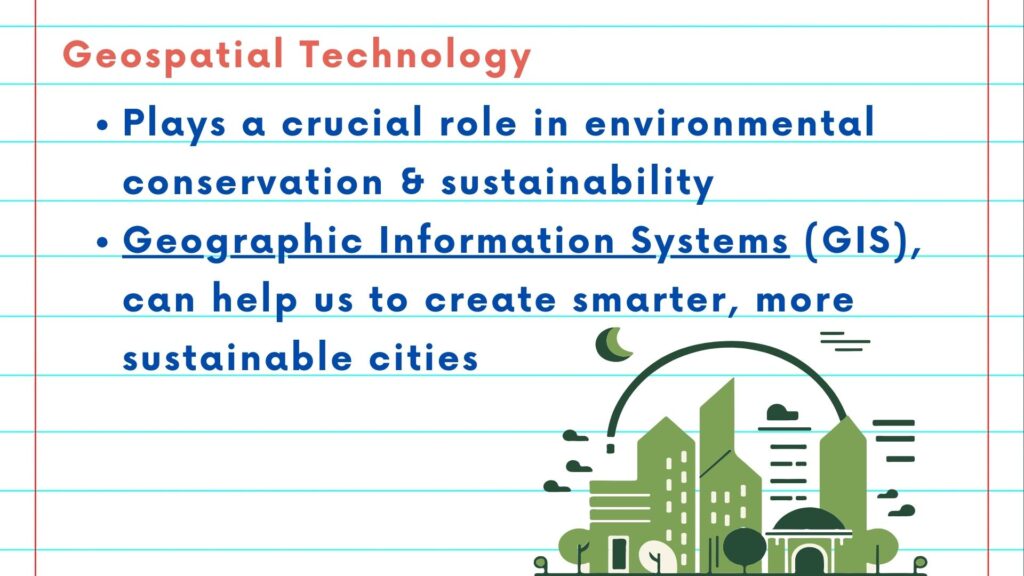This NSDC Data Science Flashcards series will teach you about geospatial analysis, including visualizations, data processing, and applications. This installment of the NSDC Data Science Flashcards series was created and recorded by Aditya Raj. You can find these videos on the NEBDHub Youtube channel.
Welcome to the video of Geospatial Applications and Trends, where technology intersects with location to shape our future. Today, we’re exploring how this rapidly evolving field is revolutionizing industries and impacting our daily lives.
Geospatial technology is more than just maps and navigation. It’s about understanding our world in more connected and dynamic ways.
Consider drone mapping, transforming agriculture and surveying. Farmers use drones to monitor crops, analyze soil health, and maximize yields, all from the sky.

In logistics, real-time GPS tracking optimizes routes, enhancing efficiency and saving millions in operational costs.
Augmented Reality, or AR, is merging digital information with the physical world. Navigation apps now offer immersive experiences, guiding us through city streets like never before.

The integration of big data and AI in geospatial analysis is unlocking new potentials. From predicting weather patterns to analyzing urban sprawl, the scope is enormous.”
Geospatial technology plays a crucial role in environmental conservation. Satellite imagery helps monitor deforestation, track wildlife, and combat climate change.
In urban planning, Geographic Information Systems, or GIS, provide insights into land use, infrastructure, and resource management, creating smarter, more sustainable cities.”
The future holds even more promise. 3D modeling and virtual reality are set to offer even more immersive experiences in geospatial applications.

From navigating the streets to preserving our planet, geospatial technology is an integral part of our lives. As we continue to innovate, the possibilities are limitless. Thank you for watching!
Please follow along with the rest of the NSDC Data Science Flashcard series to learn more about math and probability.
